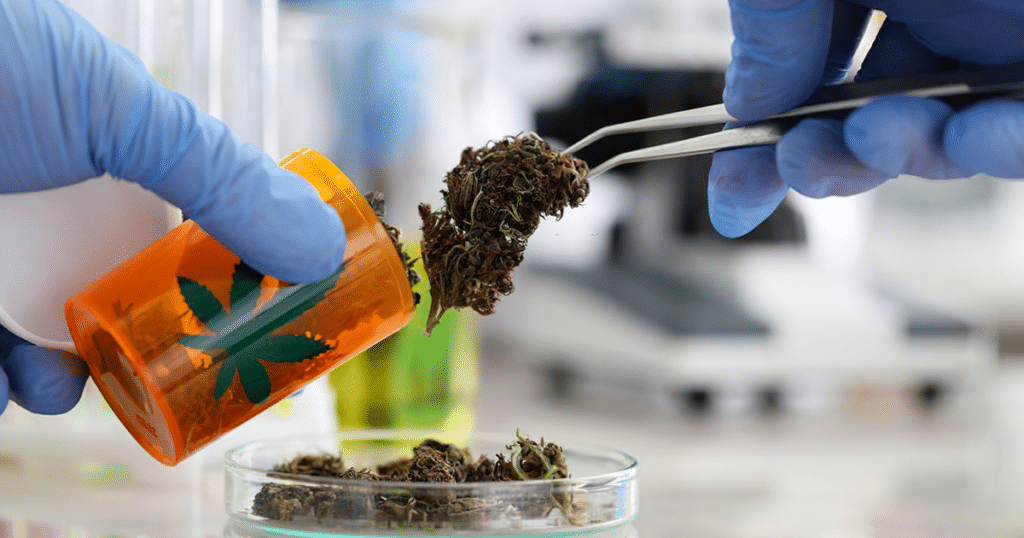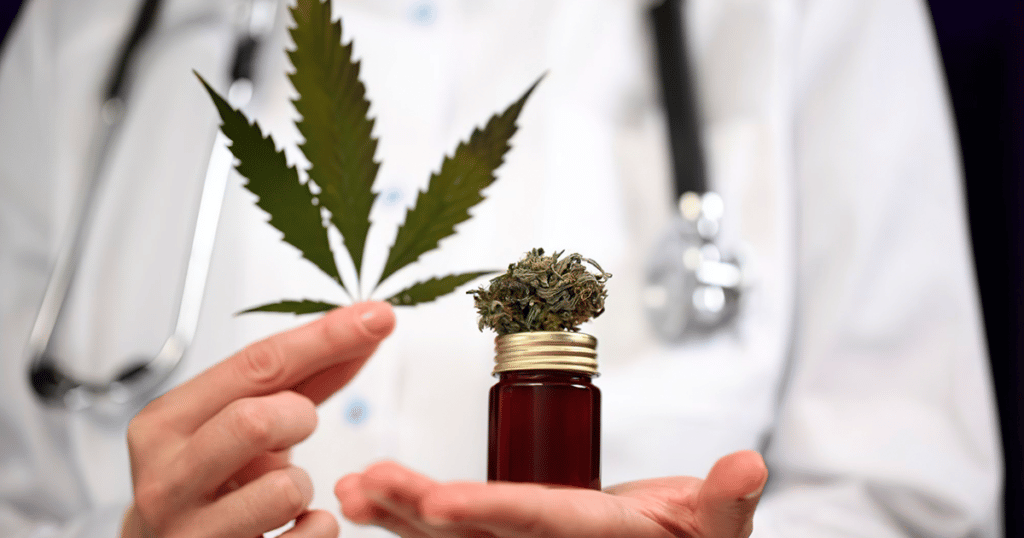The tide has turned in the battle over the global perception of cannabis. More accurately, the tide has been turning for a few decades now, and the pressure of public opinion is pressing directly against political inertia. Despite a worldwide “war on drugs”, with cannabis as one of the primary adversaries, cannabis acceptance has risen almost uniformly in countries worldwide. The legalization of cannabis is now part of the public discussion in virtually every Western country and beyond.
Findings Of The Study
With this increasing acceptance of cannabis and a corresponding increase in use, there has been a demand for science to provide a better understanding of what the effects cannabis legalization may have on our society.
A recent study, “Trends in Alcohol, Cigarette, E-Cigarette, and Nonprescribed Pain Reliever Use Among Young Adults in Washington State After Legalization of Nonmedical Cannabis,” gives a clear picture of some of the most important effects and dispels a few myths in doing so.
Firstly, the study finds that cannabis legalization has indeed led to an increase in the use rates of marijuana. This seems intuitive, but often the outcomes of such studies can produce counter-intuitive findings. Secondly, there is an association between the legalization of marijuana and the decreased use of a variety of other drugs. These include cigarettes, alcohol, and prescription drugs. In fact, alcohol use declined in both regular use and in heavy episodic use (binge-drinking). Cannabis is being favored over these forms of recreational drug use.
While the drugs that cannabis is beating out are also legal, they are all more dangerous and have a more damaging effect on society. Alcohol, in particular, can lead to higher rates of domestic violence, aggravated assault, and robbery. This ignores the high degree of individual danger these substances represent, with overdose and withdrawal being significant challenges for most of these competitors.

What Are The Implications?
Now, let’s put this in context: recent findings indicate that cannabis could also be associated with decreases in the use of much harder, illicit drugs. Another study has demonstrated that cannabis legalization coincided with a significant reduction in heroin use. We now have a good indication that the myth of marijuana as a “gateway drug” is very much unfounded.
Medical marijuana, in its use as a painkiller, has been a go-to substitute for dangerous, habit-forming opioid treatments. These legally prescribed opioids have served as the true gateway to illicit hard drugs for decades. Patients have become addicted to these expensive pharmaceutical products, soon running out of either a prescription or money (sometimes both) and being forced to seek out alternatives: most often in the form of heroin. This clearly indicates what might be the main cause of a decrease in these dangerous drugs when legal marijuana is available as an alternative.
Not to mention: the economic cost of prohibition, as the work of Harvard economist Jeffrey Miron has for some time now indicated, that governments worldwide spend significant amounts of money enforcing prohibition. Altogether, savings (and earnings) with the legalization and regulation of cannabis could go towards funding drug prevention and intervention programs rather than police and prisons.

Cannabis needs to be understood as a potential avenue for getting people further away from dangerous drugs rather than bringing them to those drugs. Safe, regulated cannabis would be a substitute for more harmful drugs, a path to recovery for some, and a source of revenue for government programs that make countries safer and more equitable.
Enjoyed that first hit? Come chill with us every week at the Friday Sesh for a freshly packed bowl of the week’s best cannabis news!

















